Concerns Surrounding Sedation Dentistry
We all know how important it is to visit your dentist regularly for check ups and cleanings. This is the best way to prevent serious dental issues. Visiting your dentist regularly also gives your dentist the opportunity to notify you of any other dental services you may need or that you may be interested in. Many people experience serious anxiety when it comes to visiting the dentist and sometimes sedation dentistry is recommended.
Sedation dentistry is recommended for patients that are sensitive to pain, have a bed gag reflux, have dental anxiety or are getting a more invasive procedure done.
While sedation dentistry is very beneficial, there are some common concerns we’d like to address to ease your mind in the case that sedation dentistry is recommended for your dental care.
Who can administer sedation?
Across the board, the majority of dentists can administer some form of sedation, however, depending on the type of sedation, special accreditations may be required. For example, for a very deep sedation your dentist must have completed the Commission on Dental Accreditation program. Many dental offices even have a designated dental anesthesiologist. Typically, dental surgeons are also qualified to administer sedation. And sedation techniques vary from state to state, so if you have concerns about that, talk to your local dentists office.
Is sedation dentistry safe?
As with anything health related, your dentist should go over your family’s health history for any signs of issues you may have. As previously stated, sedation techniques vary, so ask your dentist what the dosage is for your age and what the specific rules are for your state. Know about your dentist and be sure that they are qualified and have the proper training. Make sure your dentist stays up to date on dental advancements.
Sedation dentistry is proven to be safe and effective under the right circumstances. The most important part of safety when it comes to sedation dentistry is having the right dentist. Do your homework and make sure you chose a dentist that has the proper training as well as good patient reviews or testimonials. You want a dentist that takes their work seriously and puts their patients first, making sure they feel comfortable and safe so they can receive the proper dental care that they need.
If you have any other concerns surrounding sedation dentistry, give us a call or schedule an appointment to discuss your options of sedation dentistry.

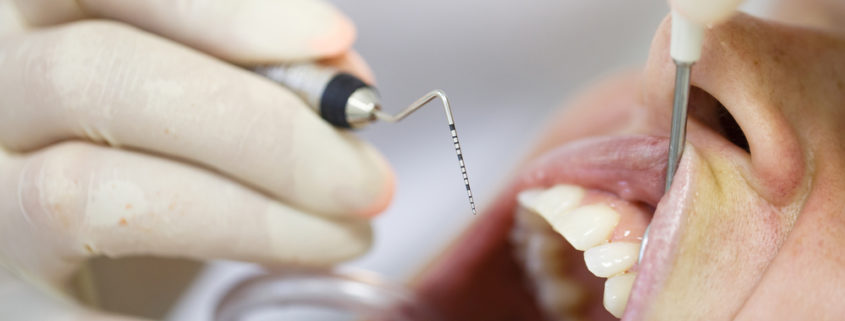
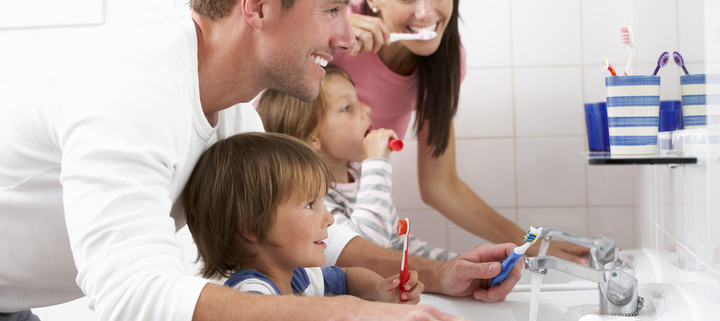
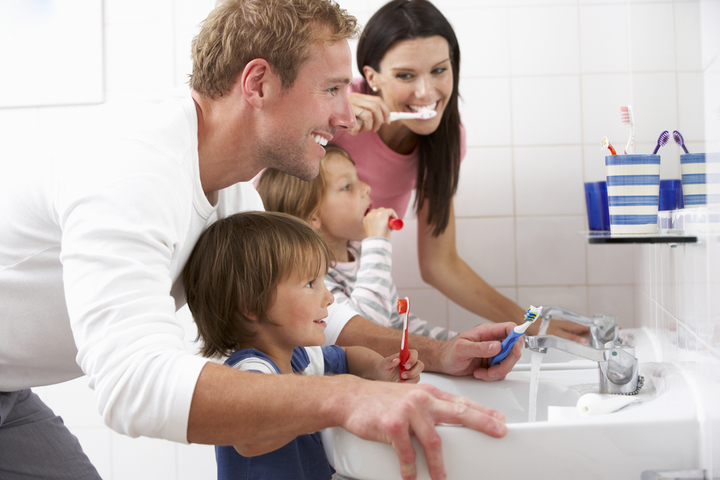


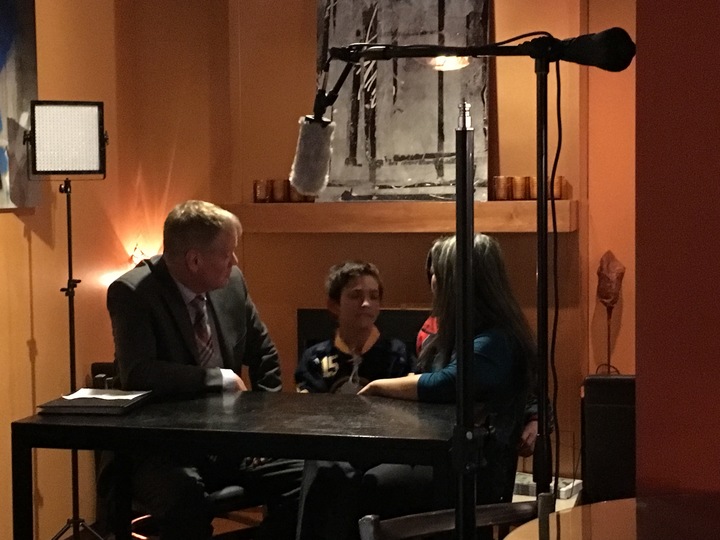

 Did you know that 27.4% of Alaskans are sleep deprived?
Did you know that 27.4% of Alaskans are sleep deprived?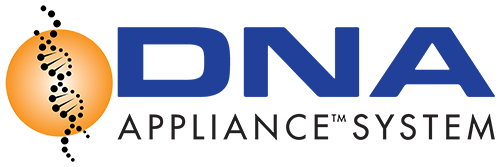




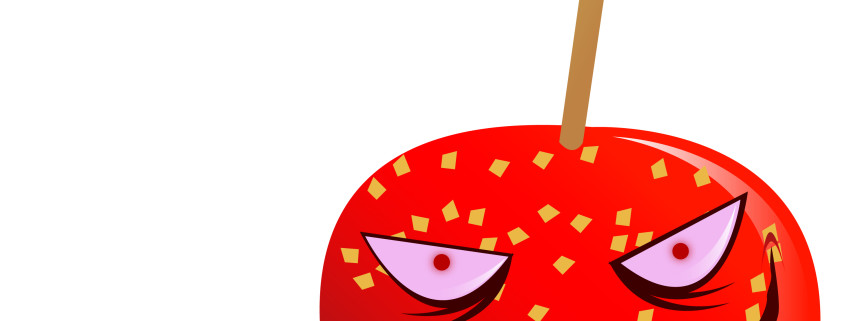
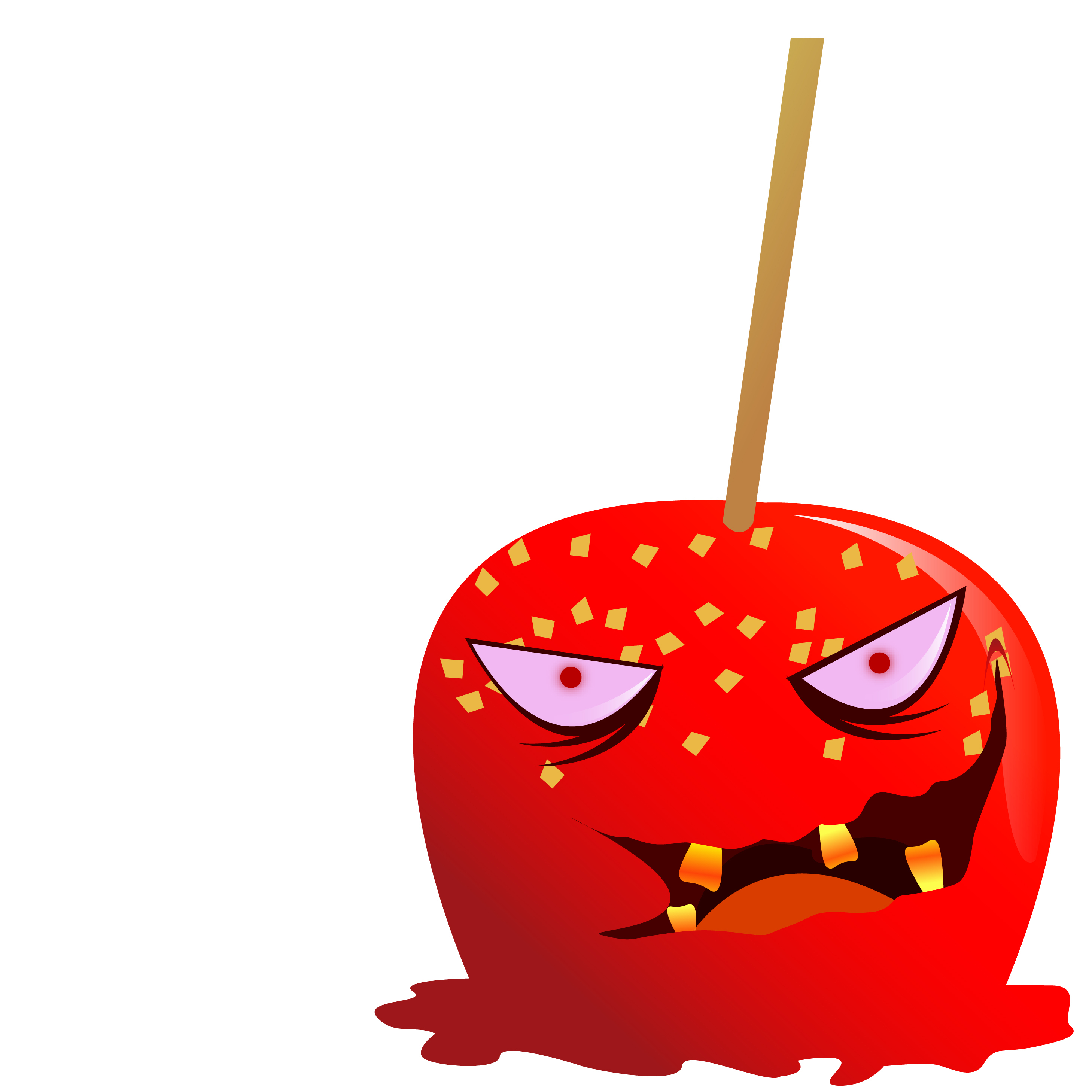

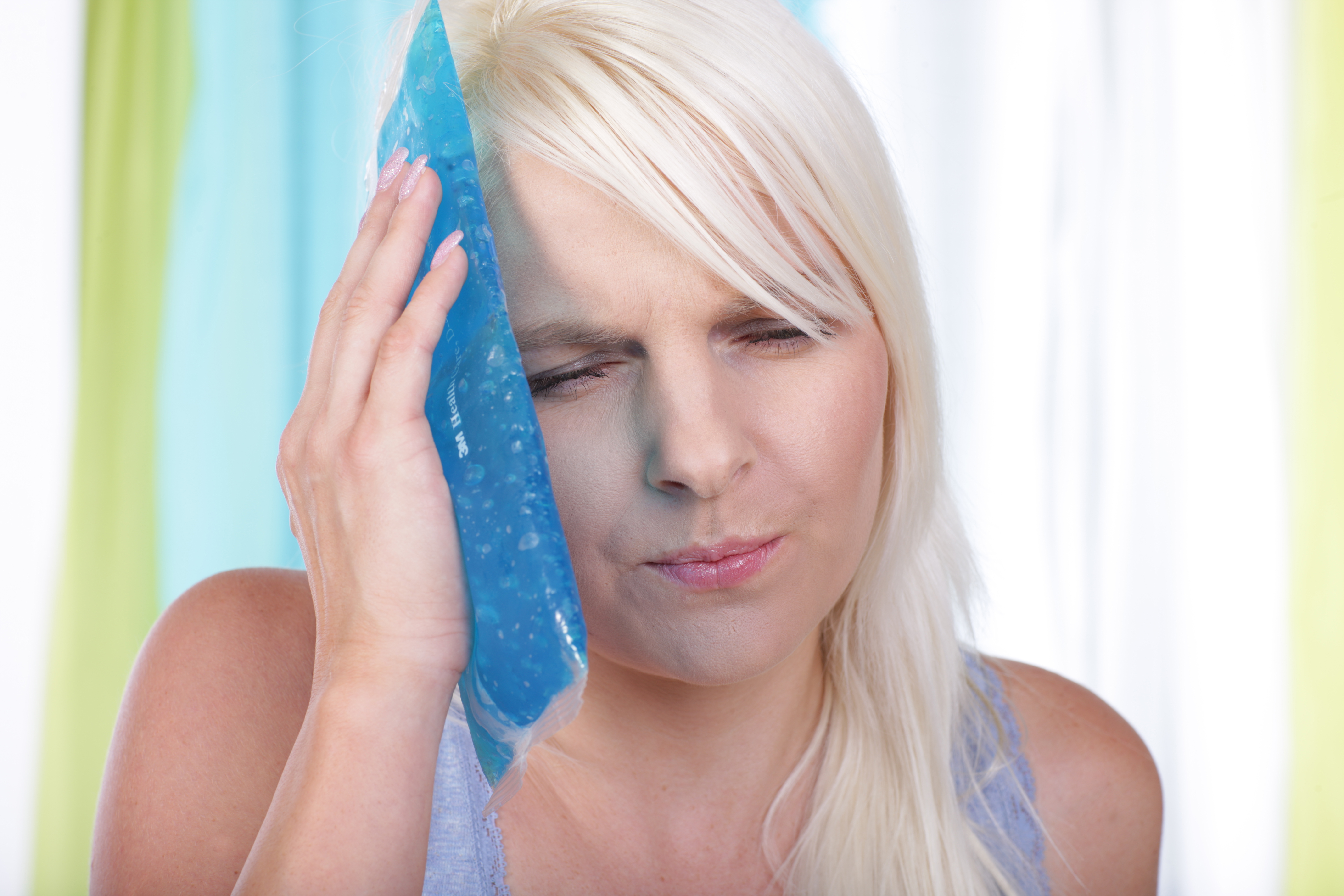
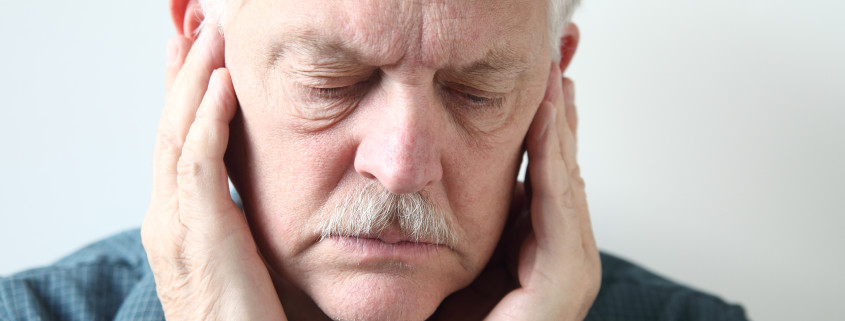
 Yes, most dental procedures are perfectly safe while you are pregnant!
Yes, most dental procedures are perfectly safe while you are pregnant!